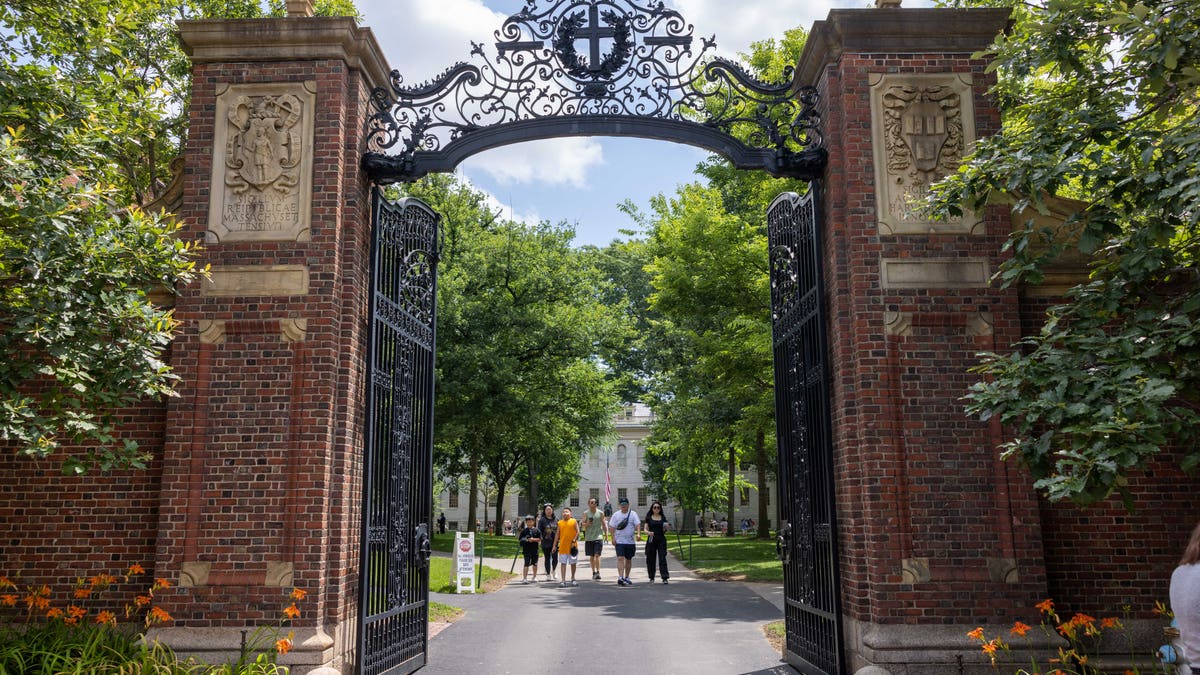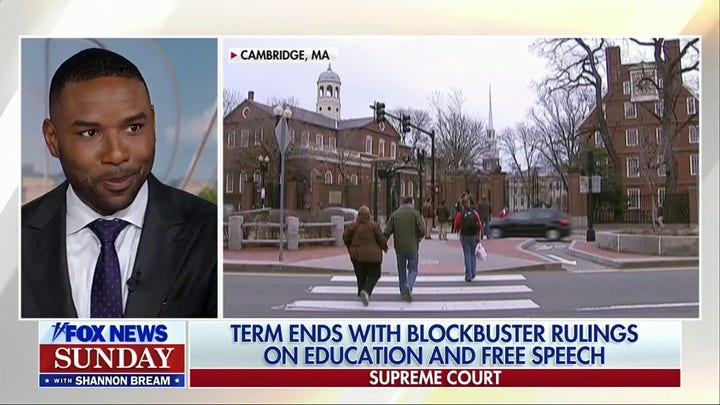The Supreme Court's decision to end race-based affirmative action in college admissions has significant implications, particularly for K-12 schools. With universities now prohibited from considering race in admissions, the onus is on these schools to ensure students, especially those from underrepresented minority groups, are truly college-ready.
The Court's ruling in the Harvard-UNC case stemmed from the discriminatory practice of using subjective factors to limit Asian American admissions. This, the Court argued, violated the 14th Amendment's equal protection clause. The message is clear: racial discrimination in any form is unacceptable.

As universities adapt to this new landscape, the spotlight turns to K-12 public schools and their responsibility to elevate the academic performance of minority students. The core issue isn't systemic racism, but rather the systemic failure of these schools to adequately prepare these students for higher education.
National Assessment of Educational Progress (NAEP) scores paint a stark picture. Proficiency levels in math and reading for African American and Hispanic students are alarmingly low, highlighting the urgent need for improvement.



A 2020 University of California report underscores this issue. It revealed a significant gap between underrepresented minority high school graduates and their enrollment in UC schools. The culprit? A lack of completion of required college preparatory courses.

The Supreme Court's decision serves as a critical juncture. It's a call to action for public schools to embrace research-based teaching methods and prioritize core subject proficiency. The goal? To equip all students, regardless of background, with the tools they need for college success and a thriving future.








